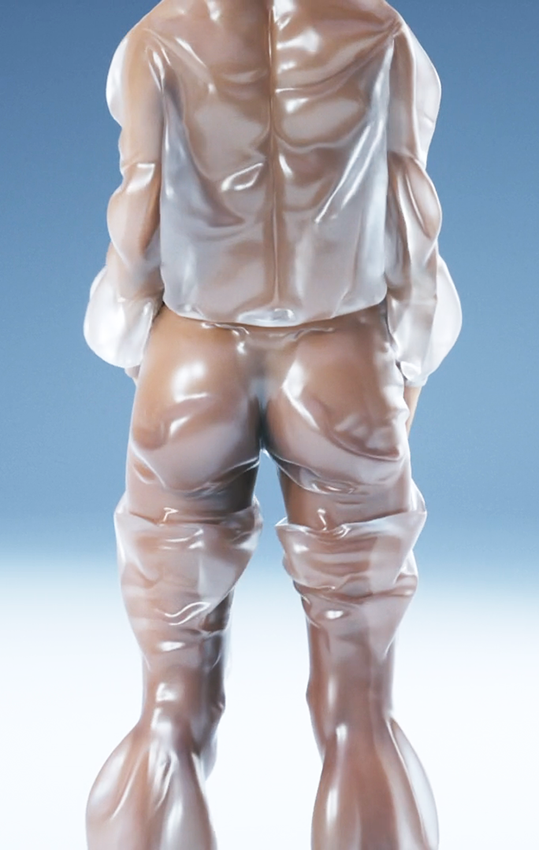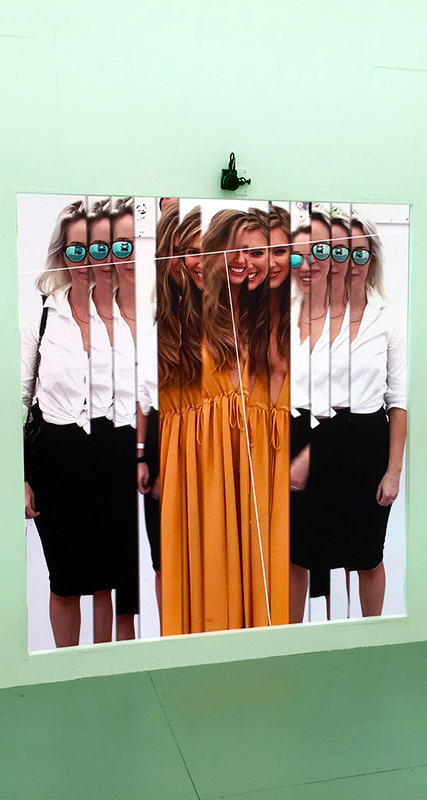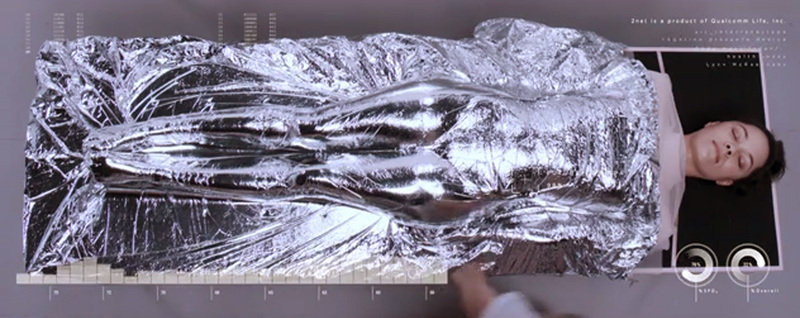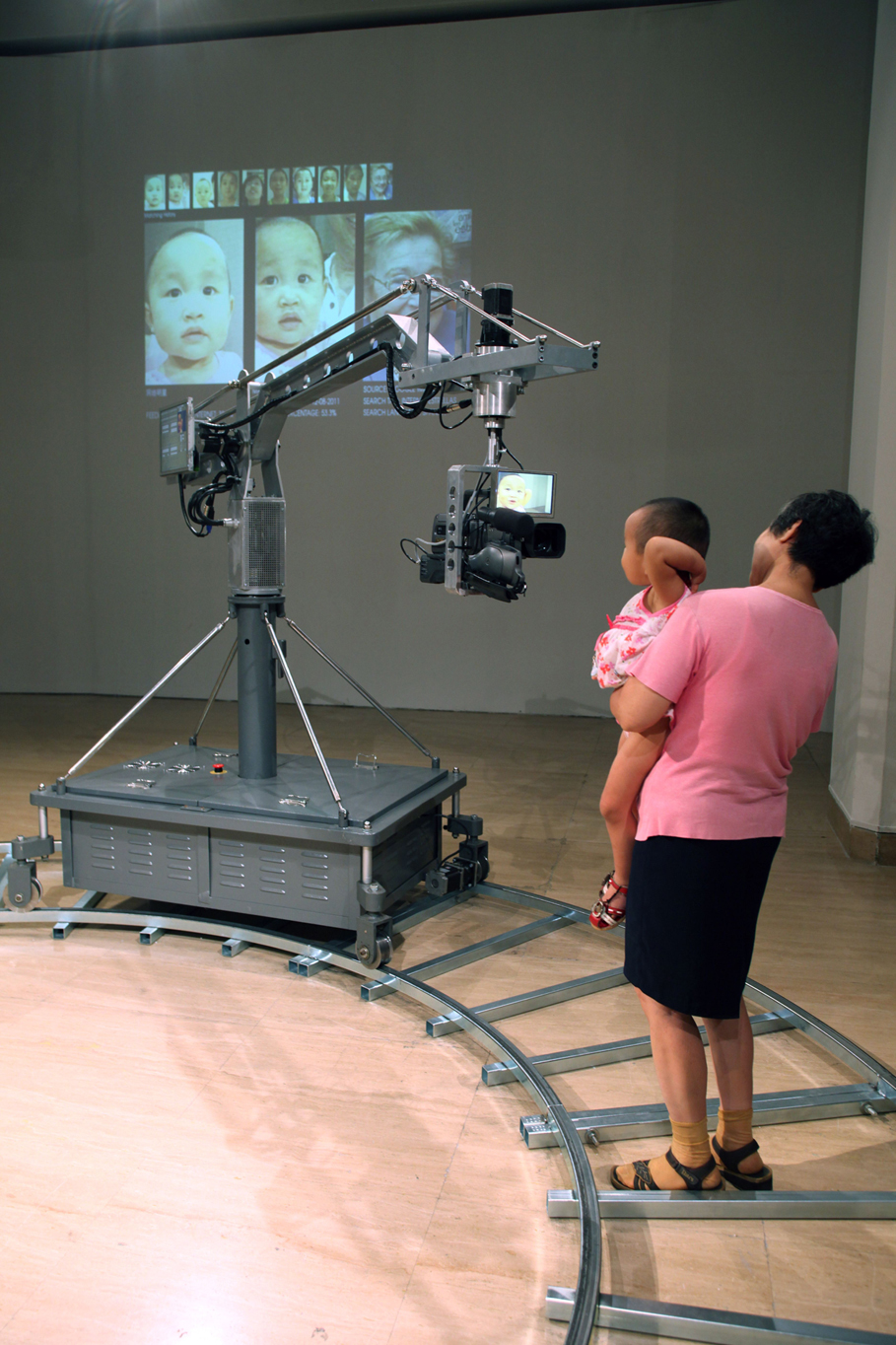
John Butler
Gaitkeeper
“Just be yourself, and nobody else”. Our motions, as distinctive as our faces, will soon be captured and interned. Gaitkeeper is a biometric control suite designed to counter the challenge of ‘Locomotive Camouflage’. LoCam, which combines the physical control of dance with the unpredictability of performance art, is rapidly being adopted by civic insurgents. Gaitkeeper units, based on the off-the-shelf Kiva chassis, are now being deployed as standard counter measures.









